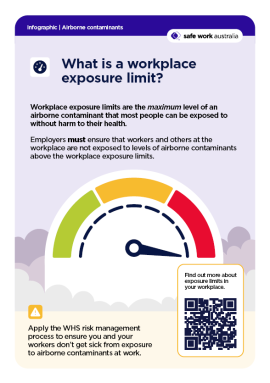
Downloads
Australia is transitioning to the Workplace exposure limits for airborne contaminants (WEL list). Until 1 December 2026, you must still comply with the Workplace exposure standards for airborne contaminants (WES list). Contact your work health and safety regulator for further information.
Infographic content:
What is a workplace exposure limit?
Workplace exposure limits are the maximum level of an airborne contaminant that most people can be exposed to without harm to their health.
Employers must ensure that workers and others at the workplace are not exposed to levels of airborne contaminants above the workplace exposure limits..
Apply the WHS risk management process to ensure you and your workers don’t get sick from exposure to airborne contaminants at work.
Additional Resources:
Publication Date:
Last updated:
Publication type:
